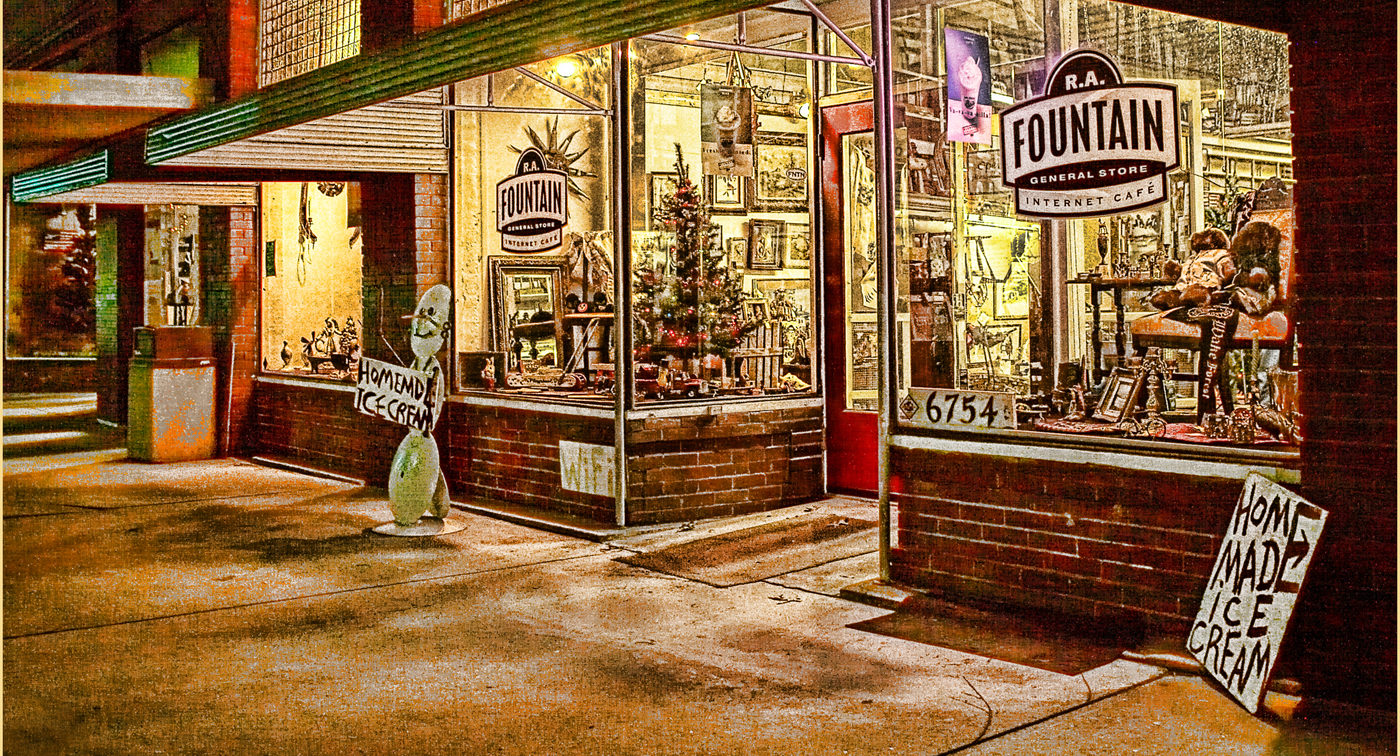Going through school, it seemed we never got to the history I was most interested to know in class.
It was rare to get much about the Revolution and forget the Civil War. It sure seemed like we spent plenty of time on the Greeks and Romans and Holy Roman Empire.
However, we always got a dose of The Lost Colony and how the colonist disappeared and then the rescue party found CROATAN carved on a tree. I think those of my generation who went through North Carolina public schools knew it by heart.
Of course, history never stops and the mystery may have been unraveled a bit with newer theories and DNA research and a map patch located a couple of years ago.
One story I used to always see connected to the story was the Virginia Dare/White Doe legend. But that story seems to be less available as well … until I ran across it in North Carolina Parade, a brief narrative history compiled by legendary writer Richard Walser and Julia Montgomery Street published in 1966. (I picked up a copy at a library sale, of course).
Dare was the first white child born in the New World (recorded) and was the granddaughter of colonial governor John White, who left for help nine days after Virginia was born.
It’s an interesting story:
Manteo, an Indian chief friendly to the colonists, helped raise and protect Virginia. A member of Manteo’s tribe, O-kis-ko fell in love with her, but an evil, jealous magician became jealous and turned Virginia into a white doe.
O-kis-ko found out that he could turn her back into Virginia if he shot her through the heart with an arrow made from oyster pearl.
Wanchese, an evil chief, went hunting for the doe with a silver arrow given to him by Queen Elizabeth. Both men were hunting at the same time and both shot the doe through the heart. The deer turned into Virginia and then died immediately after.
It is said that on moonlit nights, a white doe can be seen leaping into pine trees near the site of the fort on Roanoke Island, the undying spirit of Virginia Dare.


A good retelling of this classic Tar Heel tale.
thanks!
Fascinating article Mike, thanks especially for the links.
You are welcome — thanks for reading.